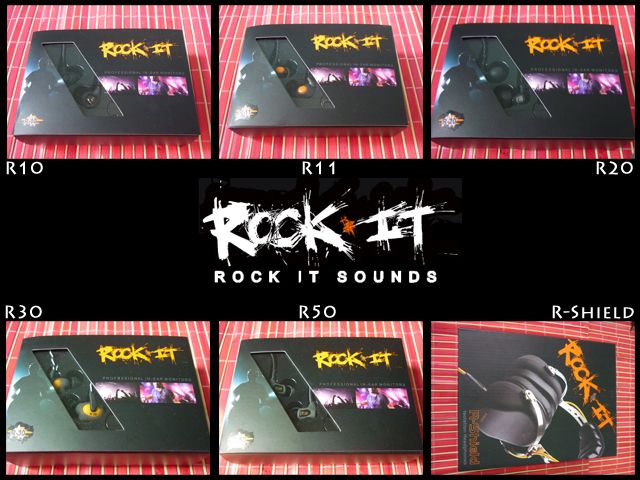
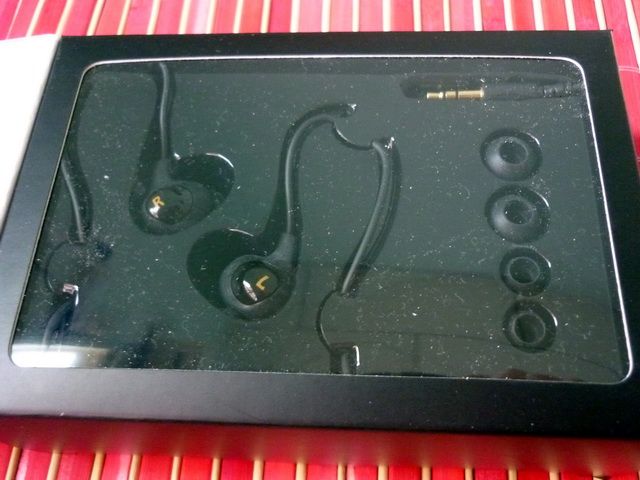

R-10
Driver: 10mm Dynamic
Frequency Response: 20Hz – 20kHz
Sensitivity: 105dB
Impedance: 16ohm
Price: US$20

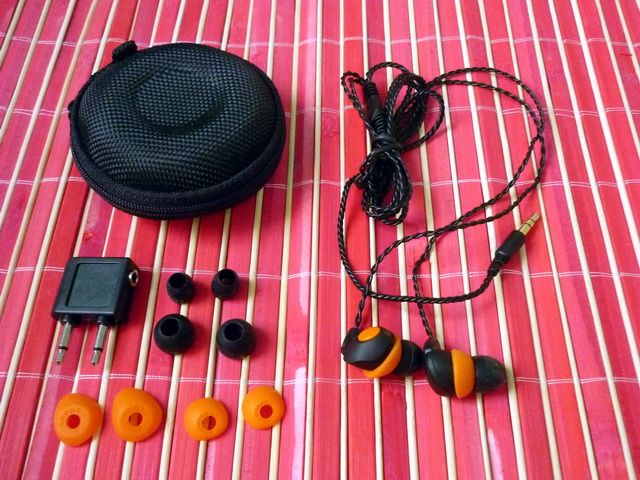
R-11
Driver: 10mm Dynamic
Frequency Response: 20Hz – 20kHz
Sensitivity: 105dB
Impedance: 16ohm
Price: US$25
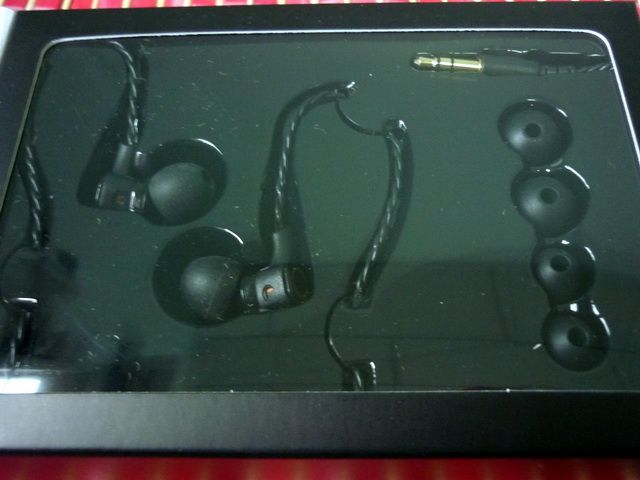
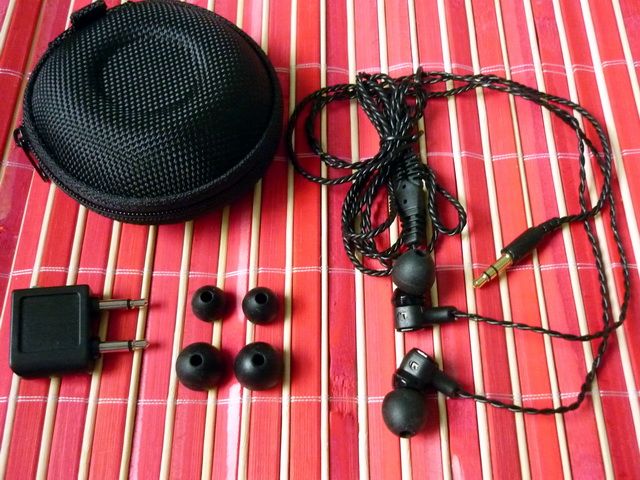
R-20
Driver: Single Balanced Armature
Frequency Response: 20Hz – 18kHz
Sensitivity: 109dB
Impedance: 31ohm @ 500Hz
Price: US$40
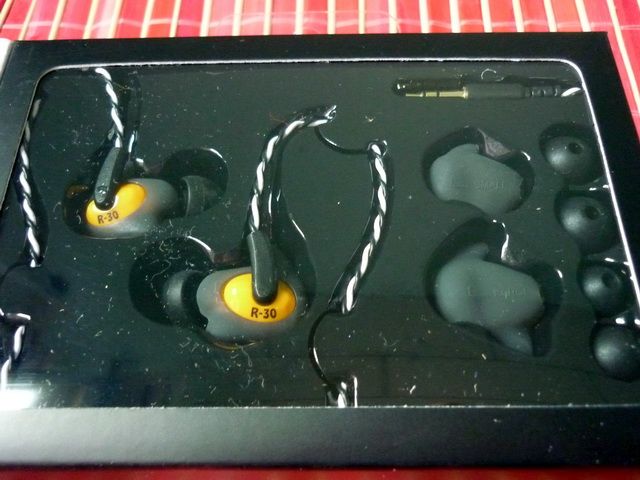
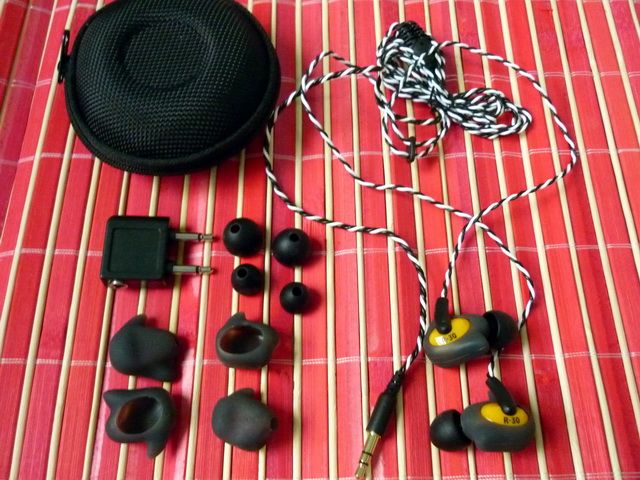
R-30
Driver: Single Balanced Armature
Frequency Response: 20Hz – 18kHz
Sensitivity: 114dB
Impedance: 29ohm @ 1kHz
Price: US$70
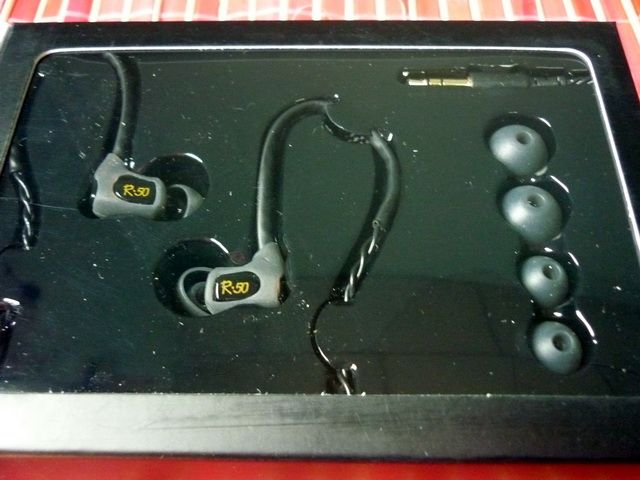
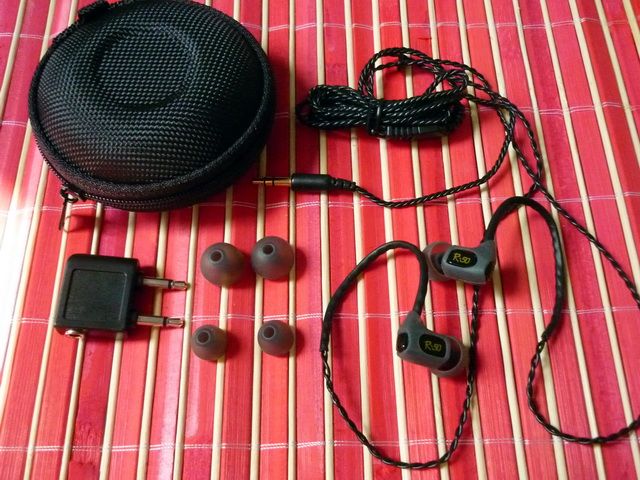
R-50
Driver: Dual Balanced Armature
Frequency Response: 20Hz – 20kHz
Sensitivity: 110dB
Impedance: 31ohm @ 1kHz
Price: US$120
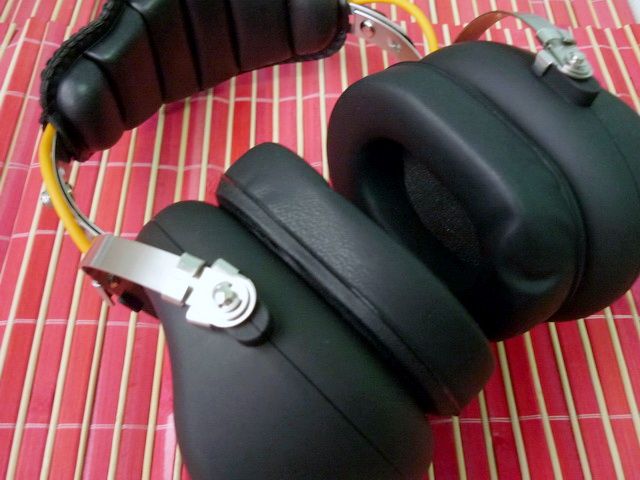

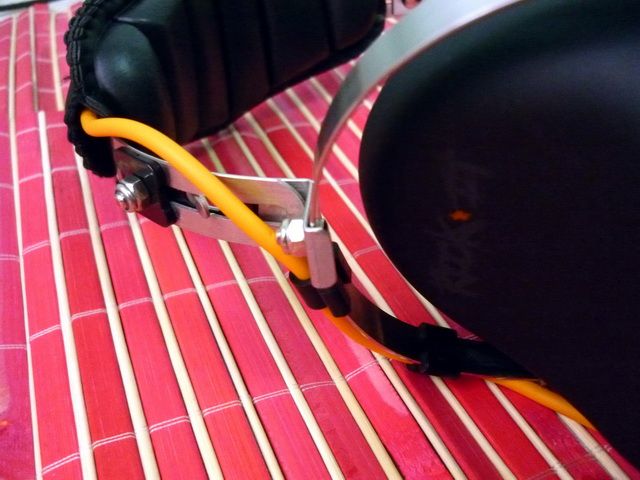

R-Shield
Driver: 40mm Cobalt Magnet Dynamic
Frequency Response: 20Hz – 20kHz
Sensitivity: 110dB
Impedance: 32ohm
Price: US$70
Accessories and Build Quality
Even though Rock It Sounds is more ‘bang for the buck’ oriented, they didn’t cut corner on the accessories just because they cut prices. All IEM models come with three pair of different sized single flange eartips, an airline adapter as well as a decent nylon hard case. R11 comes with extra silicone padding that is sandwiched between the housing and the eartips for a more comfortable fit. Many of them also have extra silicone mold / sleeve around the main plastic housing. R30 even has extra silicone sleeve of different size to fit the outer ears. Though these extra don’t really make them look like a million dollars, they do look better than what their price would have suggested. R-Shield on the other hand only comes with a 3.5mm to 6.35mm adapter.
As far as build quality is concerned, they are not the best – but far from the worst either. All of the IEM models are designed to go over the ears, and except R10, all of them comes with the same type of twisted cable found on DBA-02 and B2. R50 also has memory wire on the cable as well. As for R-Shield, the build quality is quite decent as well. It looks like a real ear muff and actually functions almost like a real ear muff when it comes to noise isolation – perhaps not the most stylish of design but for those who can’t stand IEM yet needs some isolation and music, it will work.
Some minor complains – 1) R11 has some minor driver flex on the right side. 2) The housing of R30 with the extra silicone sleeve might be a bit too big for those with really small outer ears. 3) R50 can use some strain relief on the housing when the memory wire exits. Just to be safe, I really won’t advise removing the earpiece from the ear by pulling on the memory wire (*not that you should ever yank your IEM out by the cable)
Sound Quality
All models have been given at least 50 hours of burn-in.
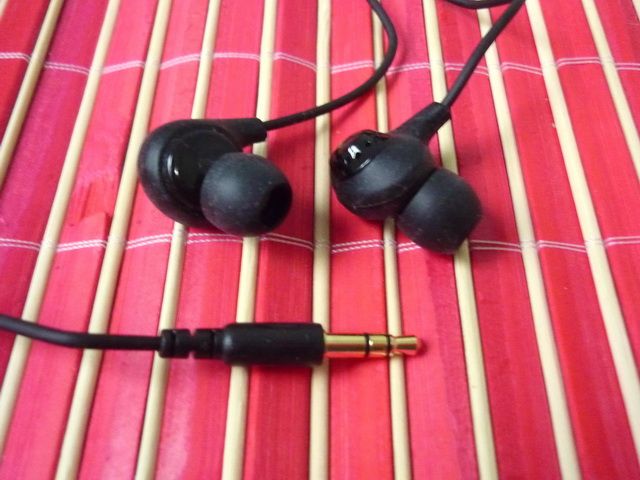
R-10 sound signature is warm, laid back and somewhat mid centric. Bass begins to roll off after mid bass and disappear completely around 30Hz. Similar fashion of roll off can be observed on the treble region right above 12kHz, causing the lack of sparkle and air. Mid, while is the center of the presentation, is laid back, distanced and doesn’t have a lot of texture or detail to offer. With the lack of detail and air, soundstage is below average. As the lowest end of Rock It Sounds line-up, the R-10 doesn’t carry any surprise. It is priced at $20 and for the most part, the sound quality is in line with other IEM that priced similarly.

R-11 has the similar warm and laid back sound as R-10, but less mid-centric in comparison. Treble still rolls off at the top end and so sparkle and air are both missing. Bass however extends a little better than R-10 with sub-bass better rendered, even though quantitatively it is still less than neutral. Mid shares the same laid back, distanced fashion as R-10, lacking detail and texture. However, there are lesser ‘disconnect’ between the mid and bass, so it is overall closer to more of a warm+sweet sound rather than a mid centric sound. Soundstage is below average as well. While R11 is priced just a little higher than R-10 and spots a more neutral’ish presentation, the overall sound quality is still right around the same ballpark. It is more of a different in sound signature than in actual quality.
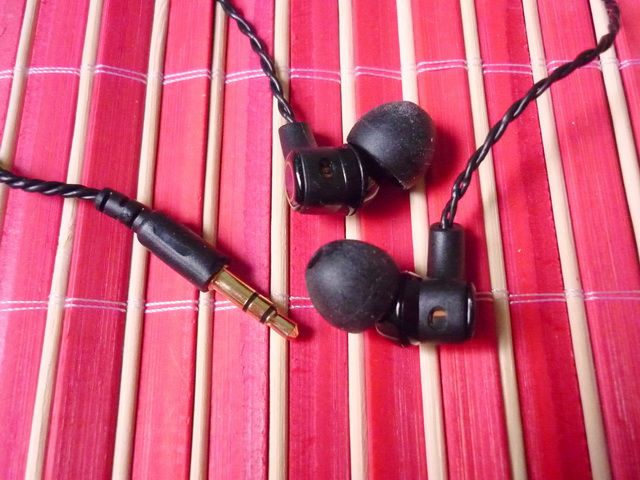
R-20 is Knowles Siren based single balanced armature and for the most parts it sounds very similar to SBA-01 from Fischer Audio - It is warm and musical with a full sounding mid, especially in the upper region. Treble is well extended though not quite as refine and lacks good sparkle. Mid is decently full with a sweet vocal, but a little harsh on the upper region when in loud volume. Bass is quite deep with a good speed and impact but not vest in body. Soundstage is about average. Given the similarity between sensitivity and impedance, I won’t be surprised if R-20 and SBA-01 indeed have the same Siren driver, the only noticeable difference in sound is that R-20 is a tiny bit more upfront. But it isn’t different enough to notice if you are not A/Bing them together. The good news is that R-20 is $30 cheaper and just as good in good quality as SBA-01, the bad news is both are outclassed by the newer generation of Siren driver from that of Astrotec AM90.
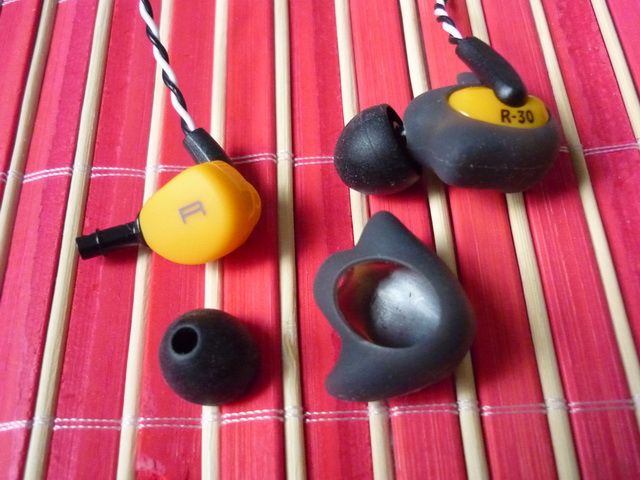

R-30 is warm, mid-centric with a similar but thicker, fuller and more upfront presentation when compared to R-20. Treble is decently extended but lacks good sparkle. Mid is full, sweet and rather thick, though smoother on the upper region due to the fullness. Bass has decent speed and impact, and also a little thick on the body. Soundstage is decent, would have been better if not somewhat limited by the thickness of the presentation. R-30 can be said to be a fuller sounding R-20, but the fundamental of the sound quality hasn’t been changed by much. At most, it is just a tiny step-up.
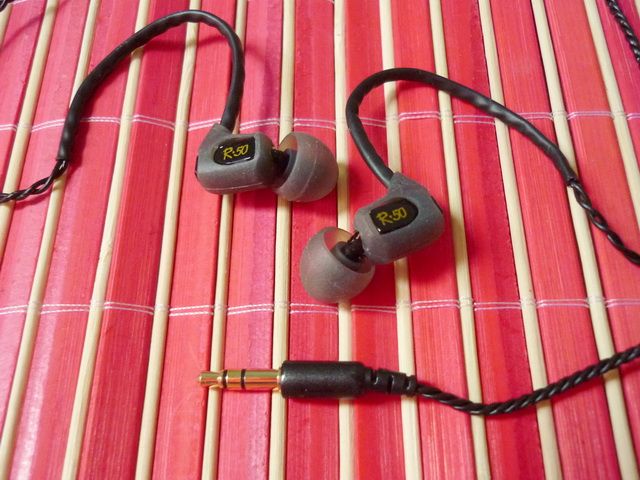
R-50 sounds like a midpoint between B2 and GR01. B2 is leaner on bass, fairly neutral while bright and sparkly. GR01 focuses more on a warmer and well textured bass and mid, but with a smoothed out treble. R-50 on the other hand has the same kind of brightness as B2, with a sense of warmth like GR01 in the bottom ends, granted it isn’t quite as well textured in comparison. Treble is well extended, crisp and sparkly. Mid is well textured and slightly upfront. Bass is well extended as well, with a good sense of body. However, R-50 is closer to ‘B2 with a warmer, better bodied bass’ rather than ‘GR01 with a sparkly high’. As far as overall sound quality goes, it is right about the same level as GR01. Even though it does offer better treble extension and a more upfront presentation than GR01, it doesn’t have the same textured and hard hitting bass to lower mid. It is that little difference that makes R-50 more like an analytical sounding B2 than the warm+sweet sounding GR01, but it is still a very good compromise. Soundstage is quite good. The warmer tone adds back the layers missing in B2 while still retains the same excellent separation.
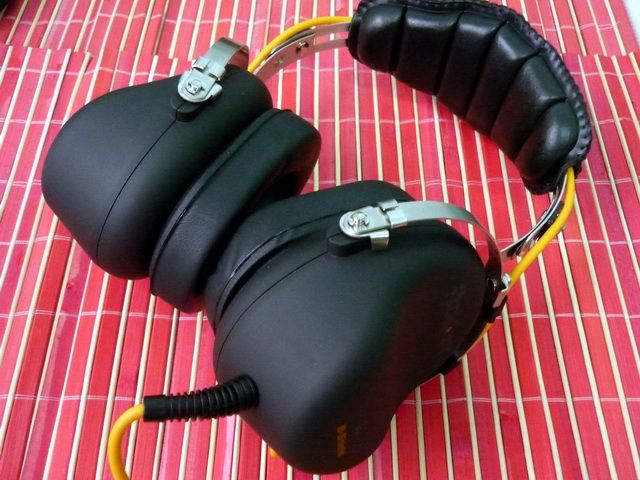
R-Shield is lean, clean and somewhat on the brighter side of presentation. Bass reaches down deep though a slight roll off at the very deep end. Quantitatively wise it is however still close to being neutral. Tight, and basshead need not apply. Mid is quite decent with a good upper vocal rendering, but would have been much better if there is a thicker lower mid to upper bass to add back some of the missing texture. Treble extends high with good sparkle and air but also a little bight and grainy. No sibilance though. Soundstage is below average, mainly due to the lack of texture to showcase any layer. This is probably a side effect due to the fact that most of the resonance and reverberation being absorbed by the foam in the ear cup used for isolation – well, you win some, you lose some.
Verdict
For the most part, R10, R11, R20 and R-30 are well priced though don’t offer much more than their competitors in the sound quality department, but they do offer better build quality and accessories. R-50 on the other hand is the star of the line-up and deserved a recommendation of [4.9/5] Sonic Diamond for outstanding sound quality and an absolute low price – you do however need to take note that you need to pay for shipping (both ways) if you need to claim warranty, and that’s why it isn’t getting a 5/5. In comparison, R-Shield is a unique product of its own right – it really isn’t that expensive as a pair of headphone and offer really good isolation even in very noisy environment, but probably not something you will want to use as you main cans unless you only listen to music when operating heavy machinery (not that you should). I would imagine you’ll want a pair because you need it for a particular situation rather than just looking for something different. With a little EQ on the low mid / upper bass, it can actually be quite enjoyable as well.
A thanks to Rock It Sounds for the samples.
Check out The List for rating.





